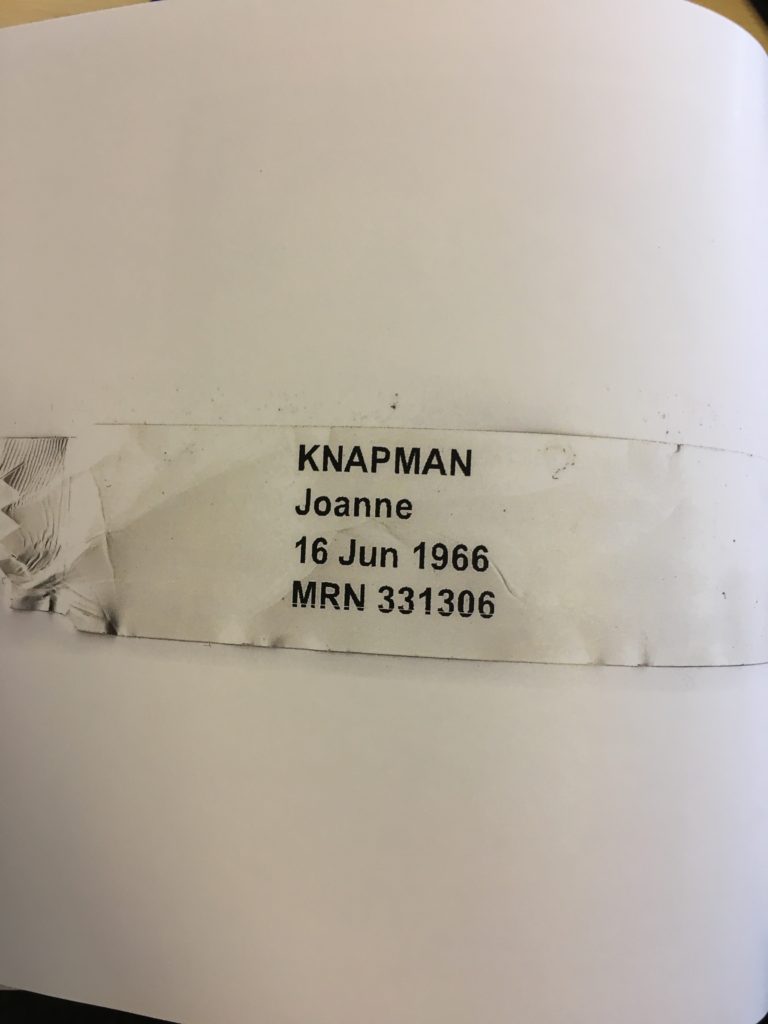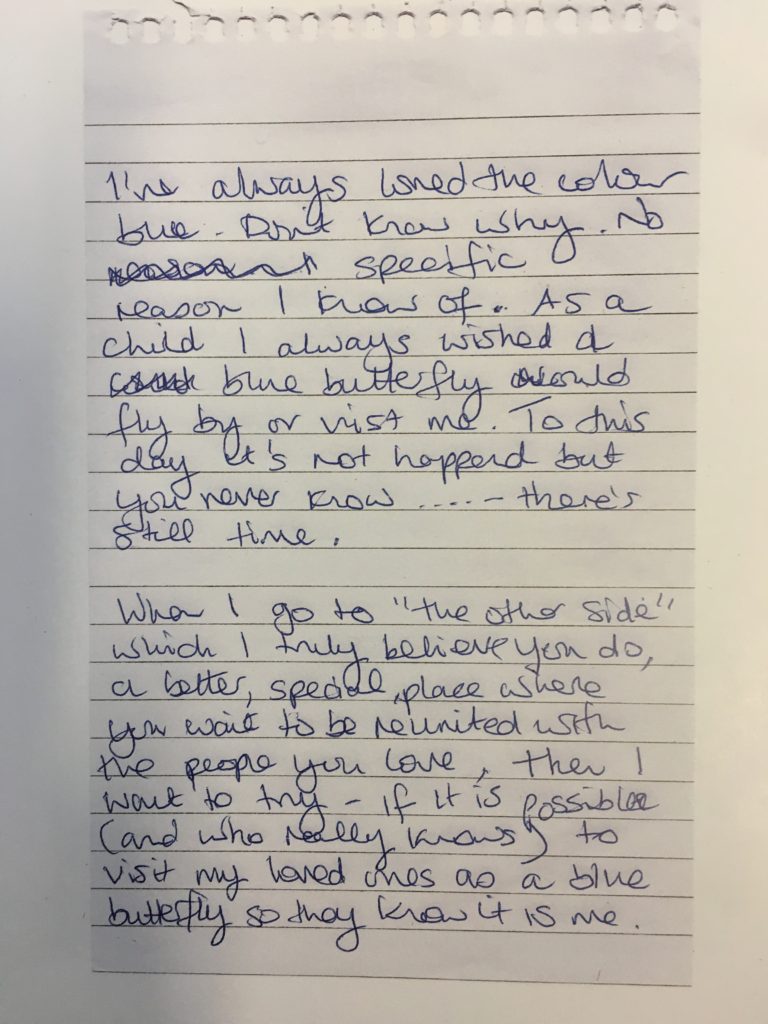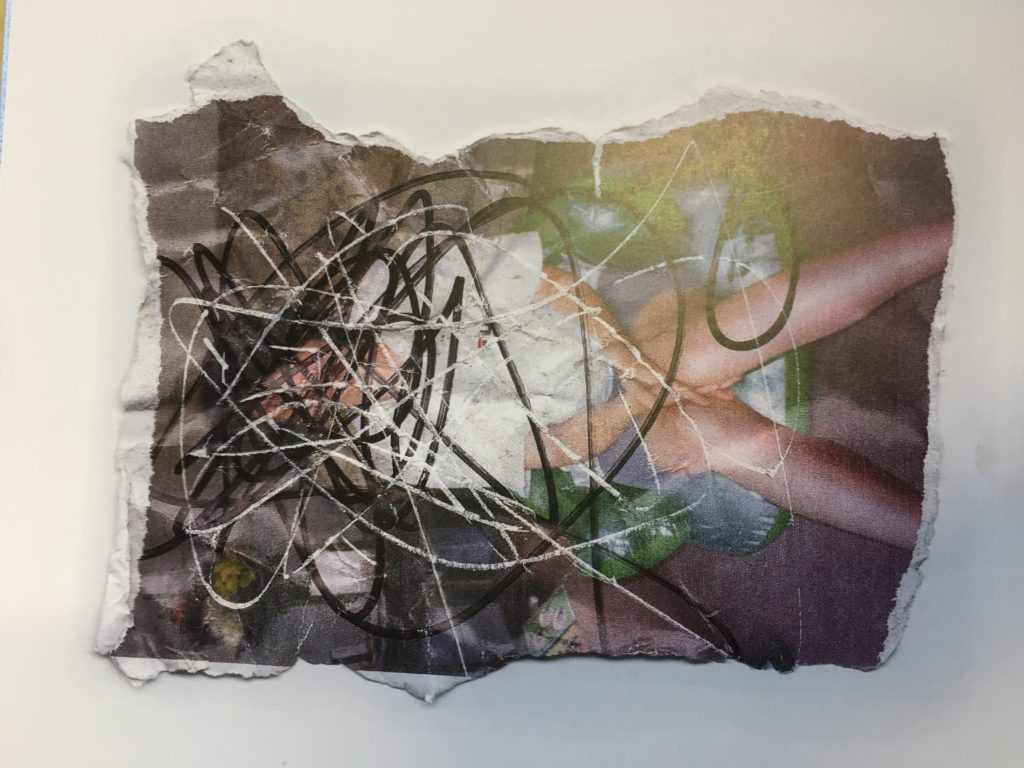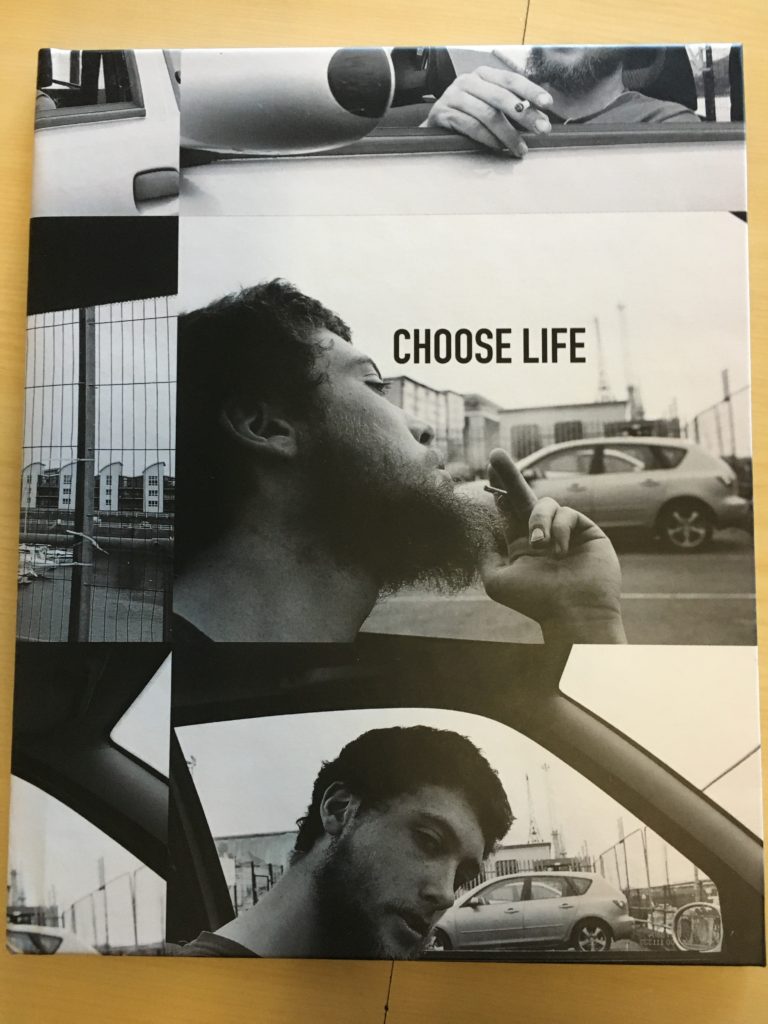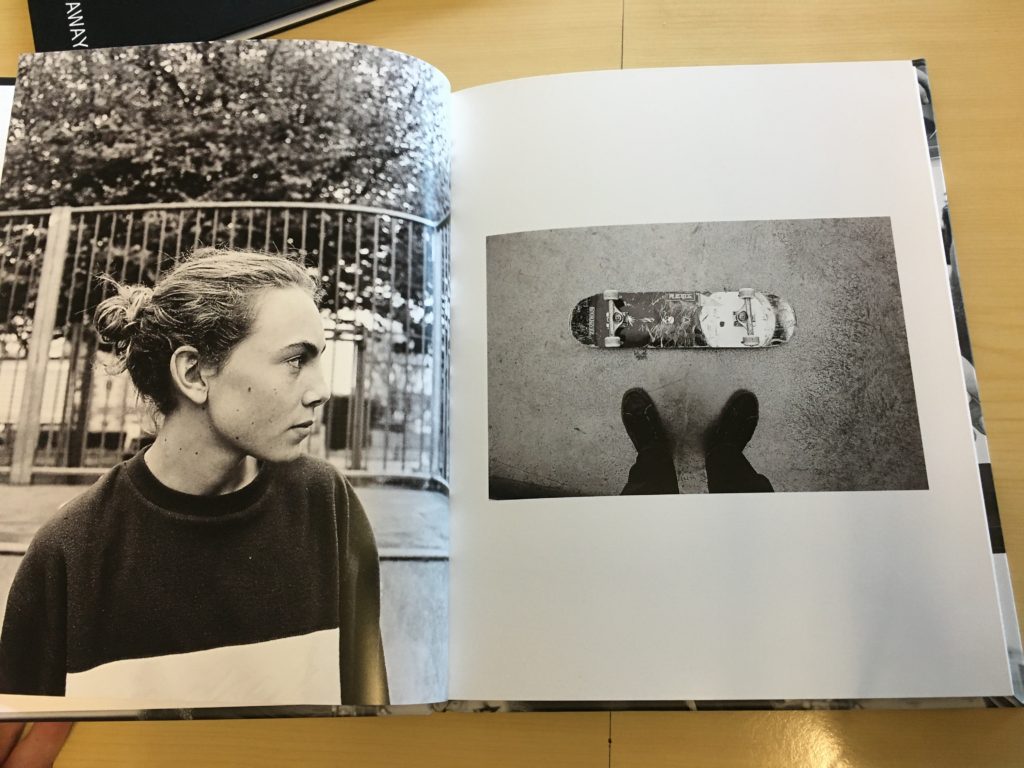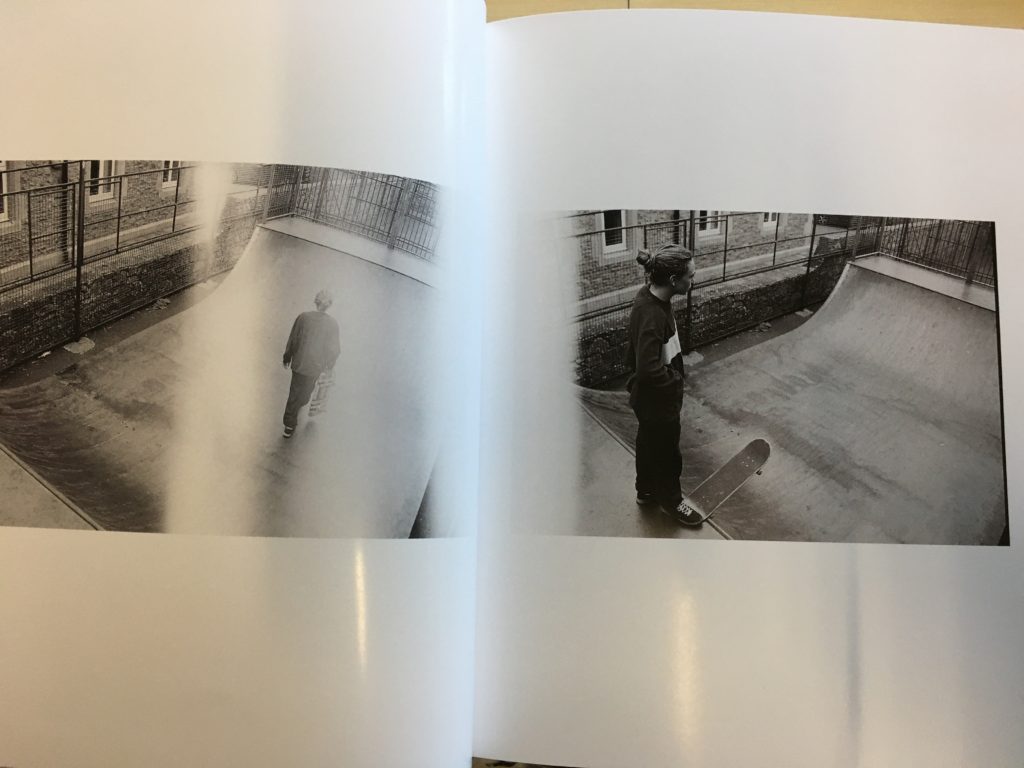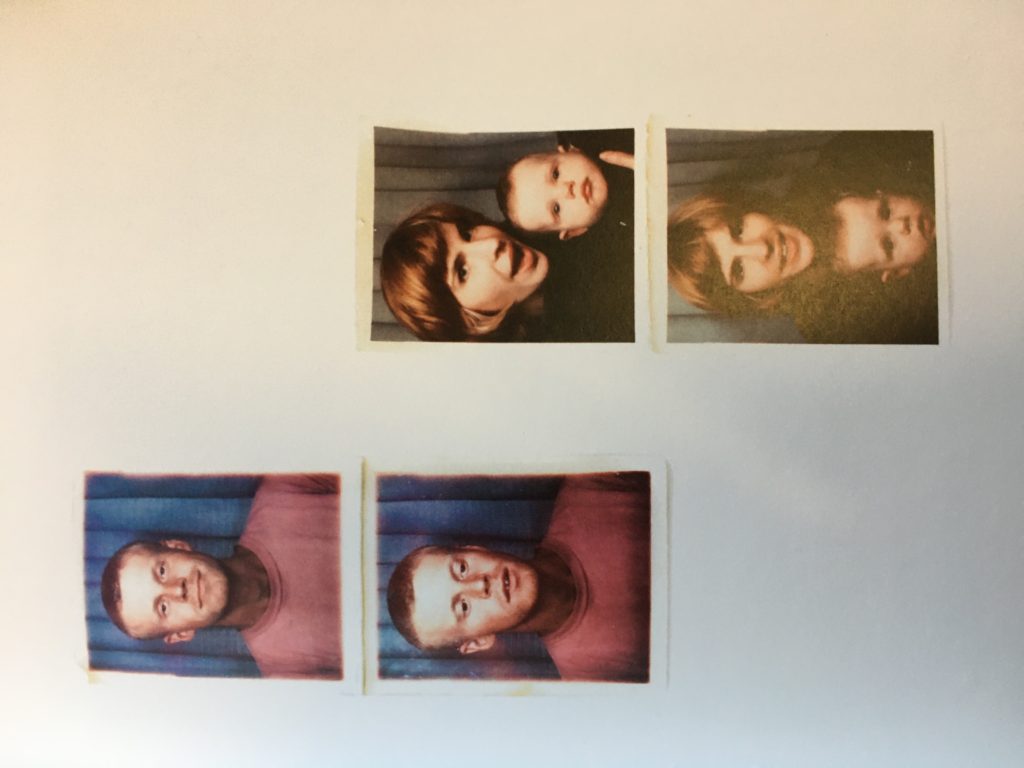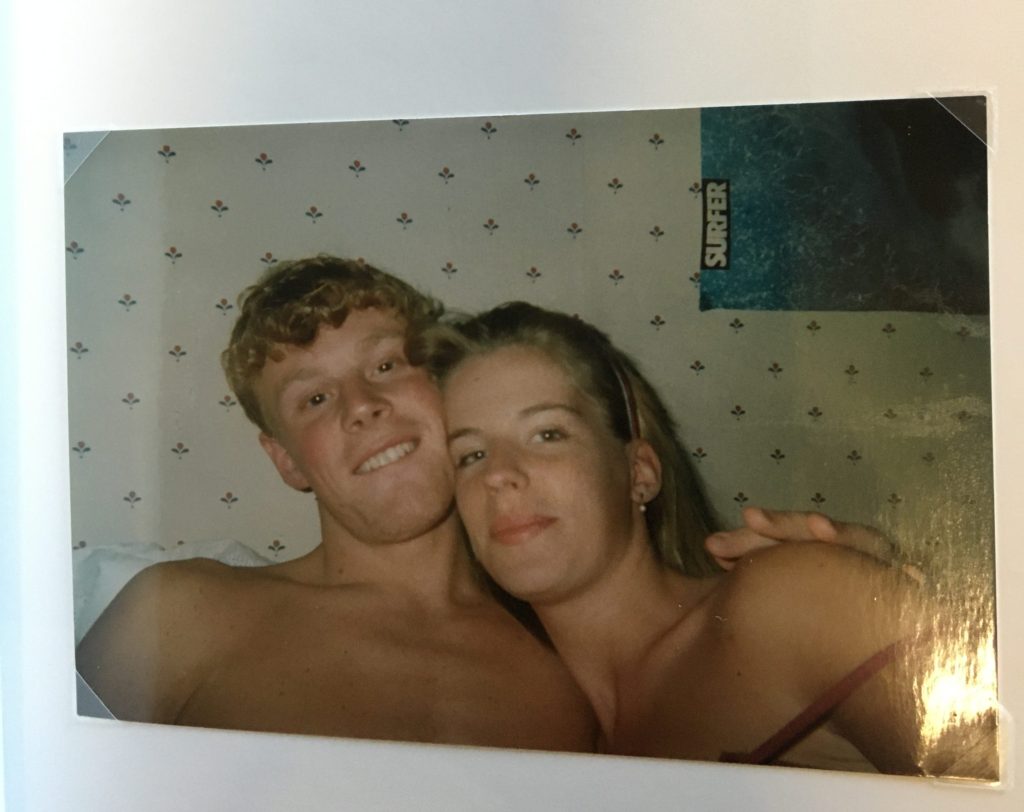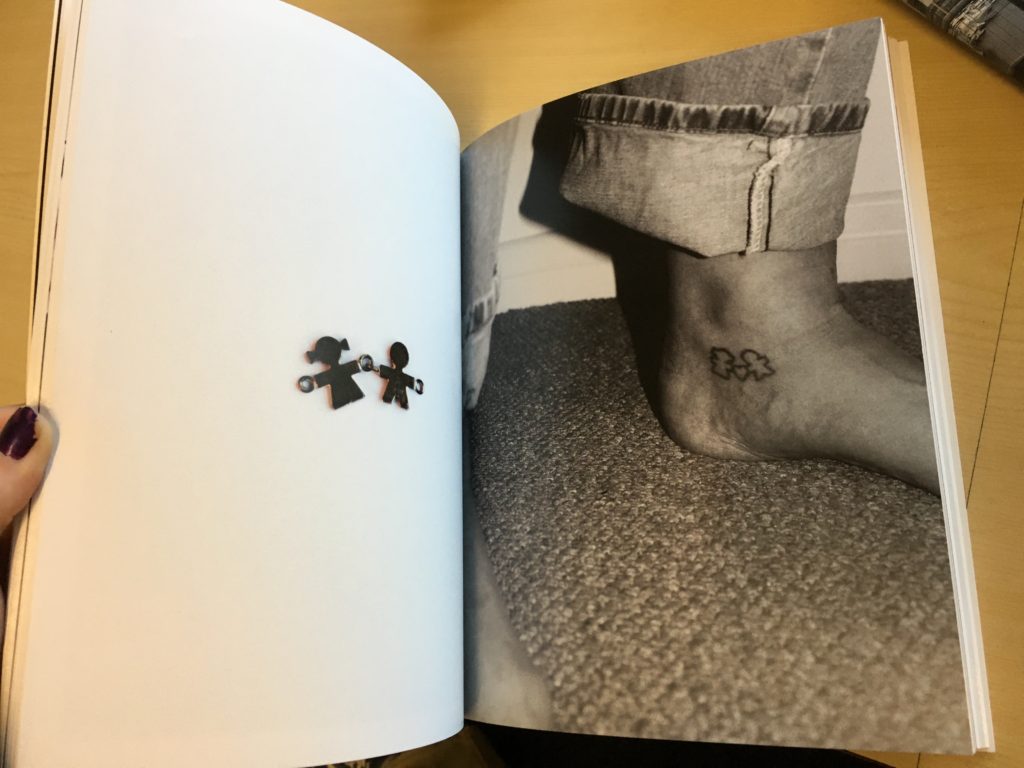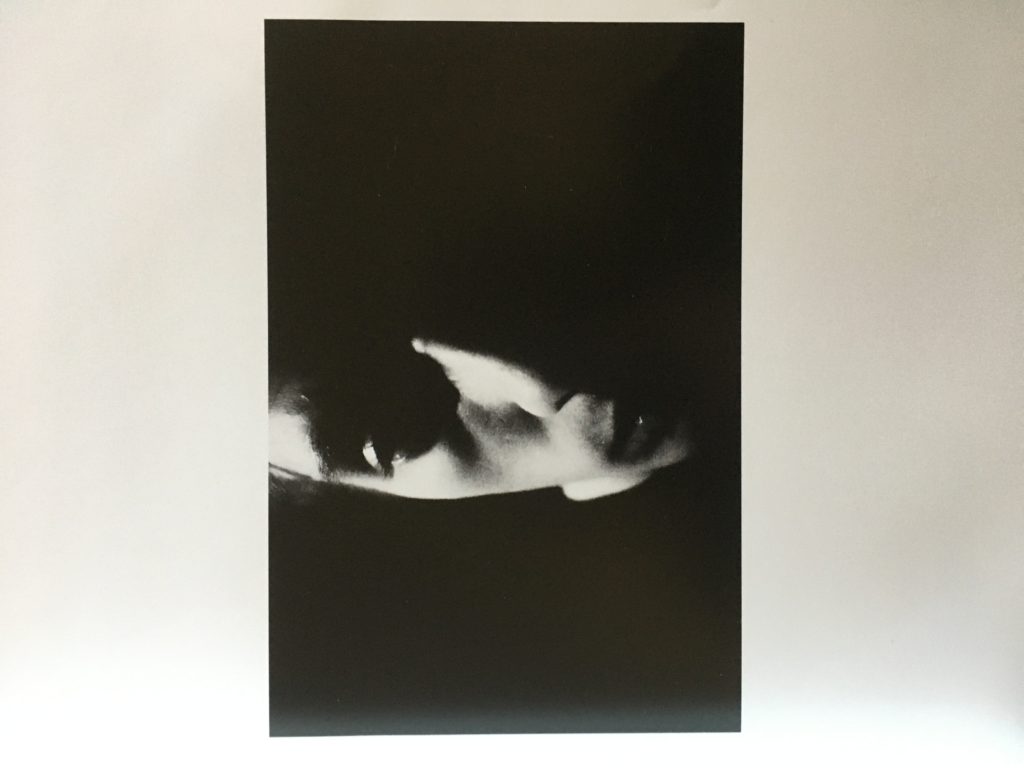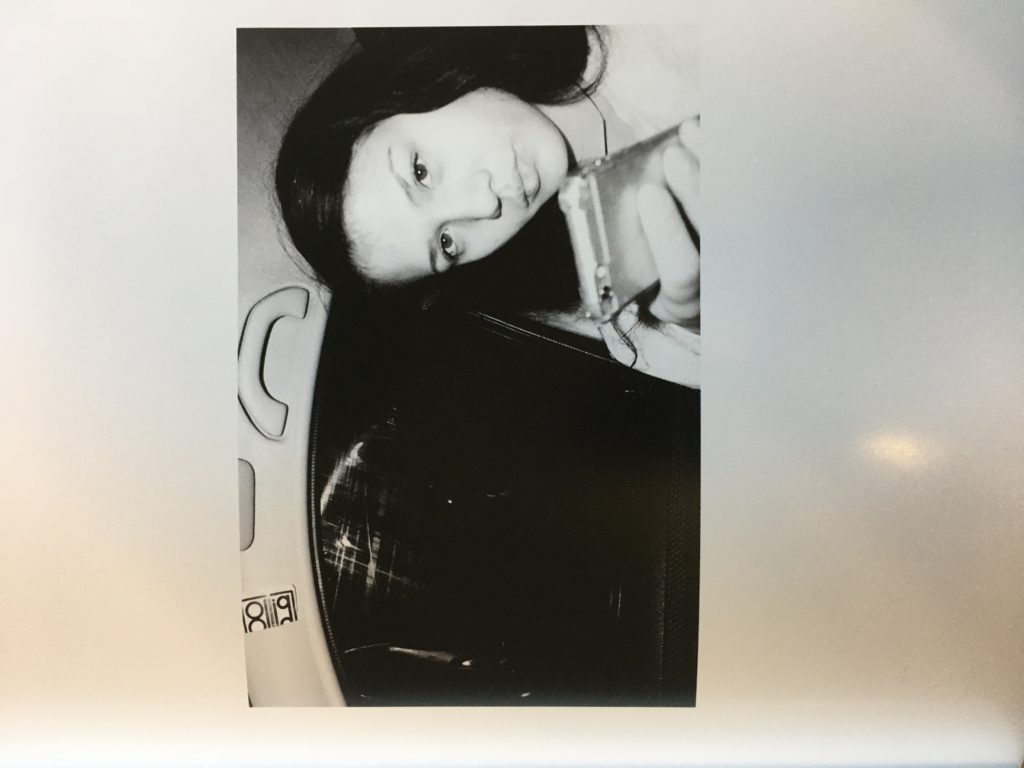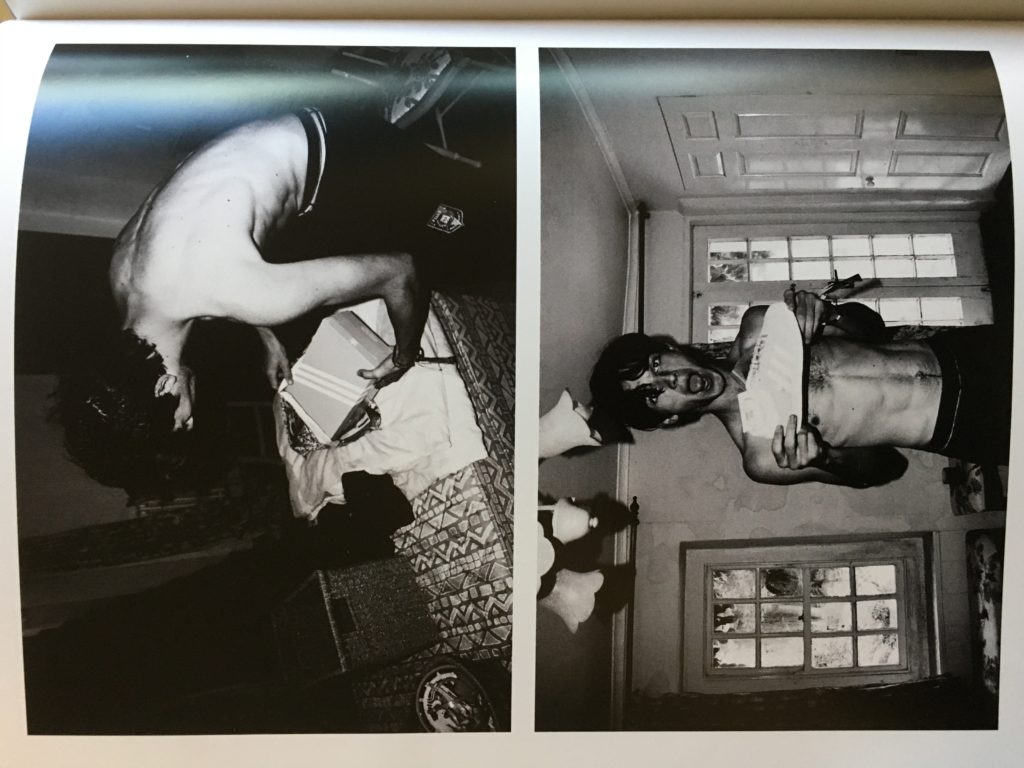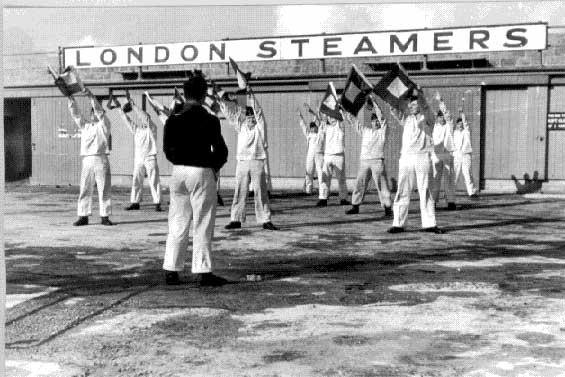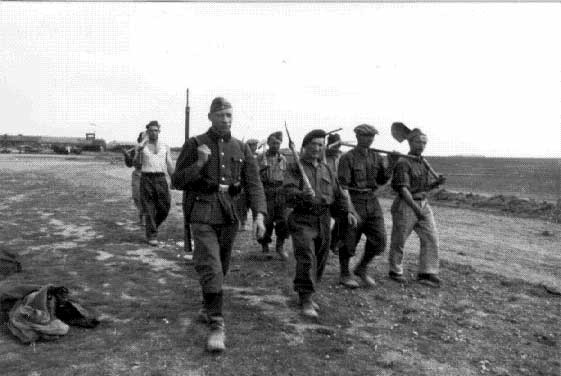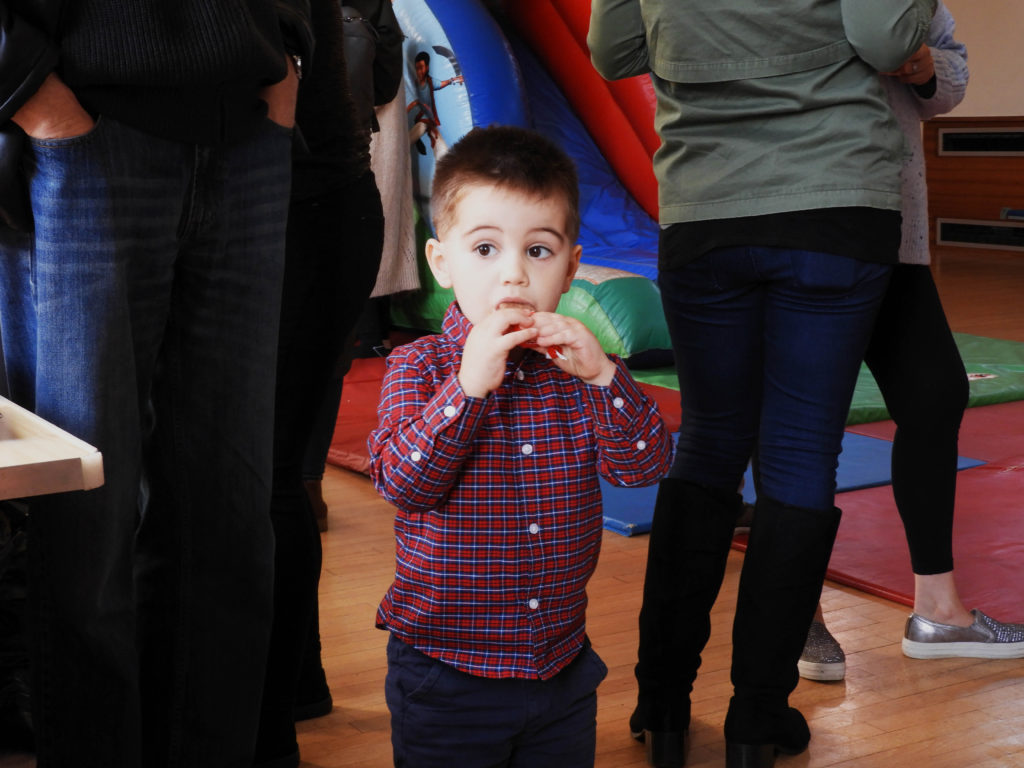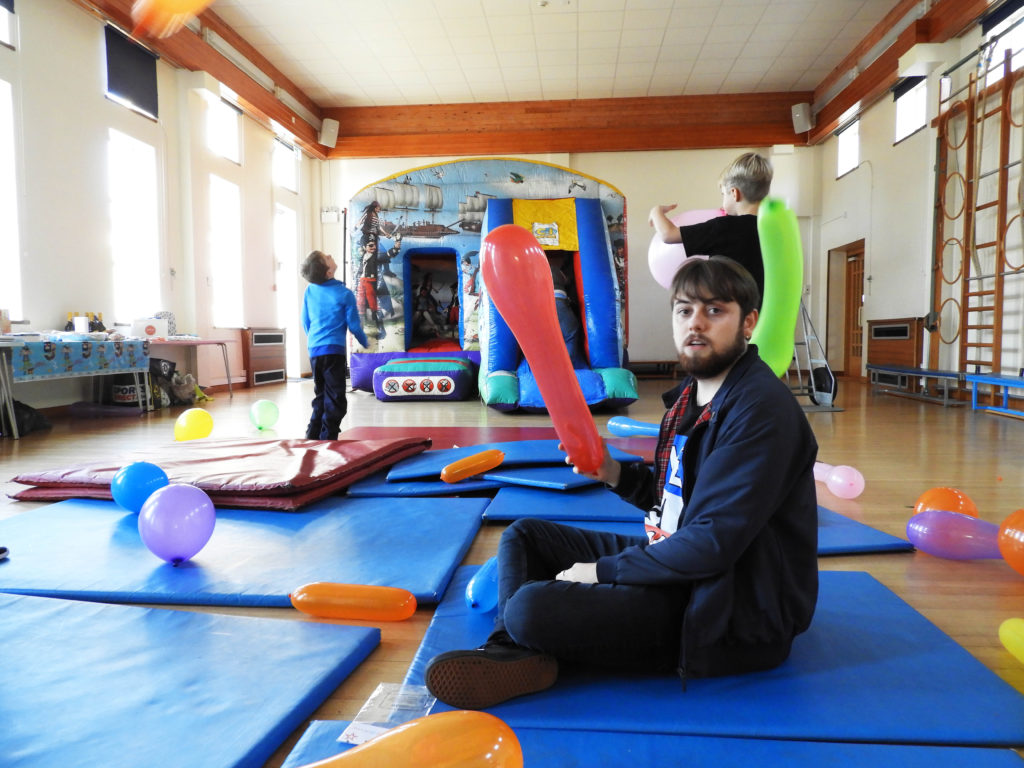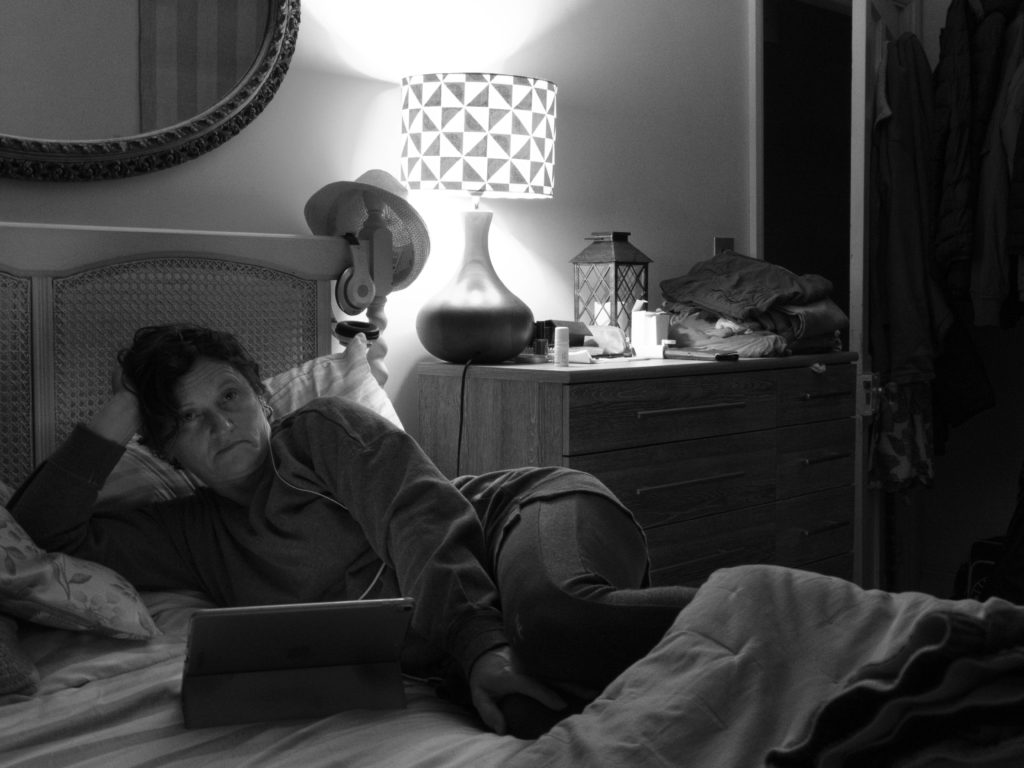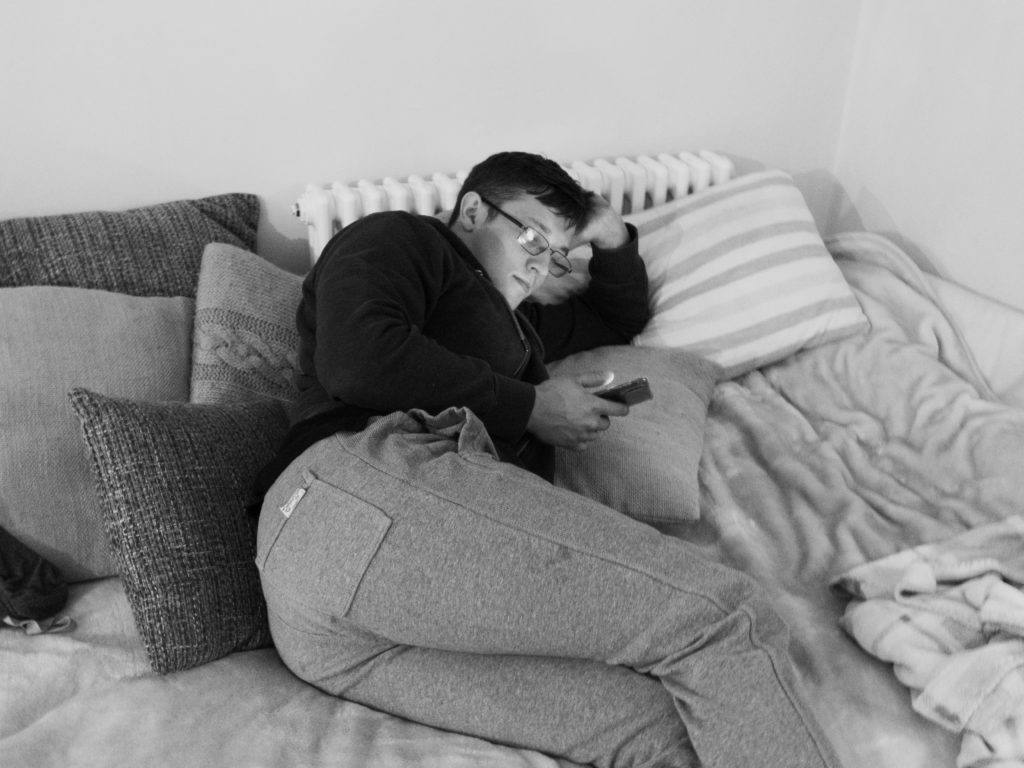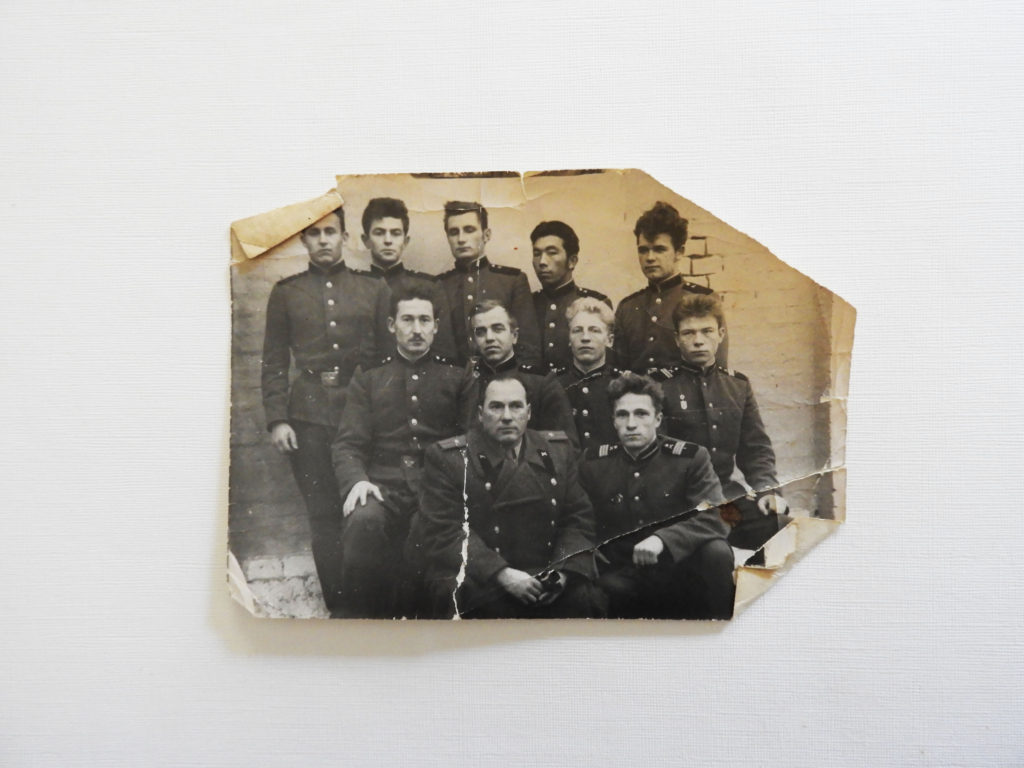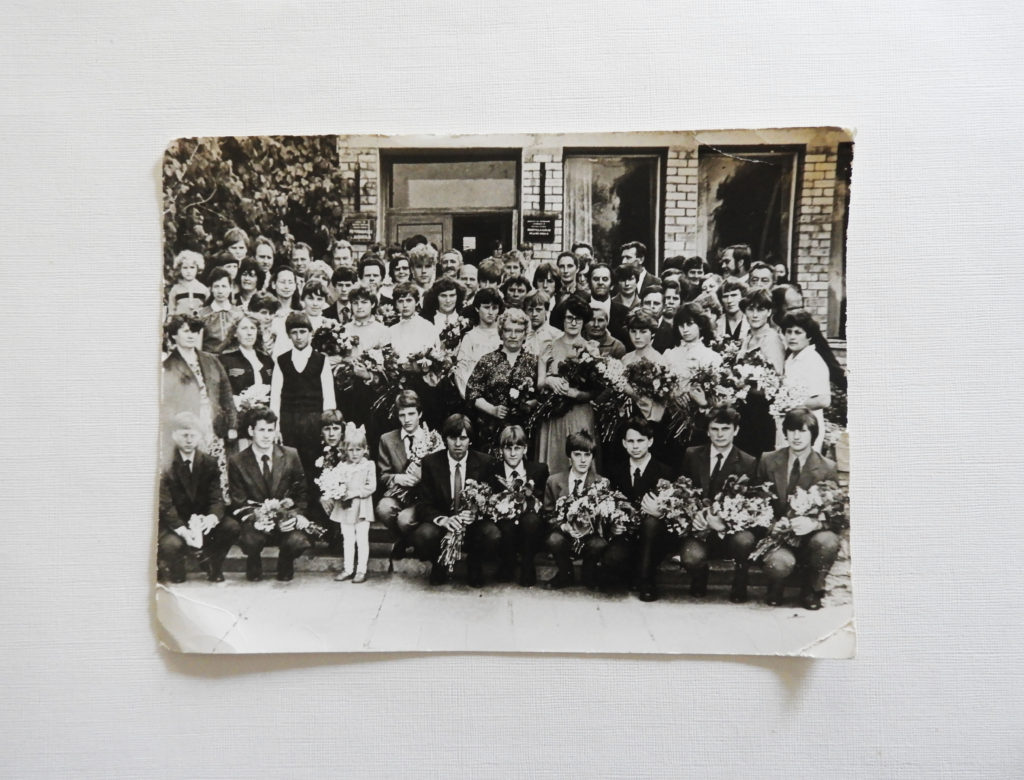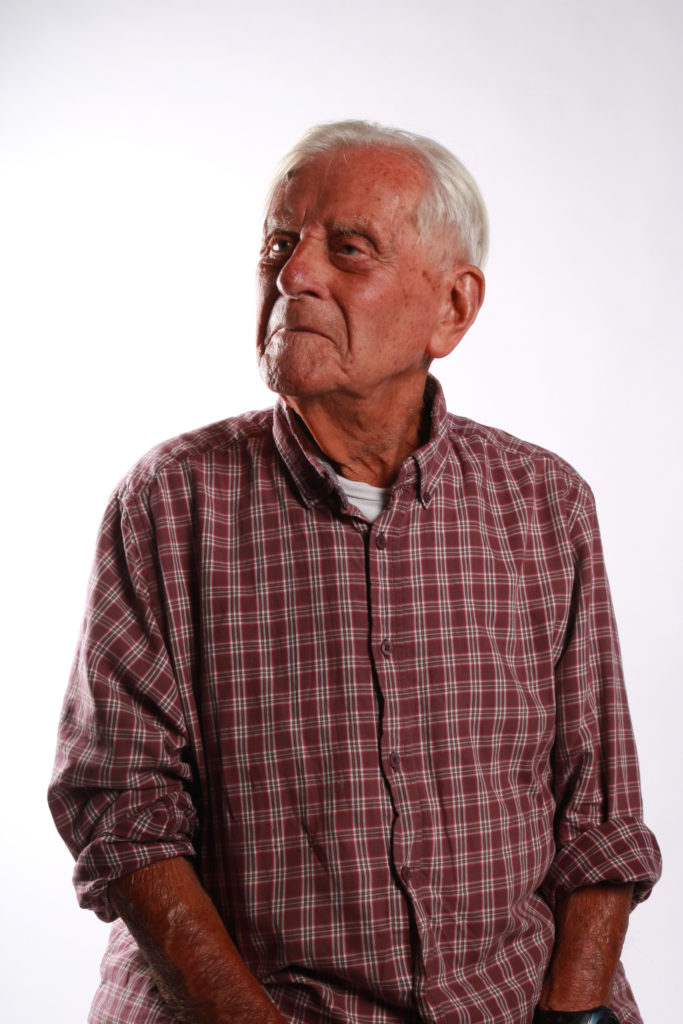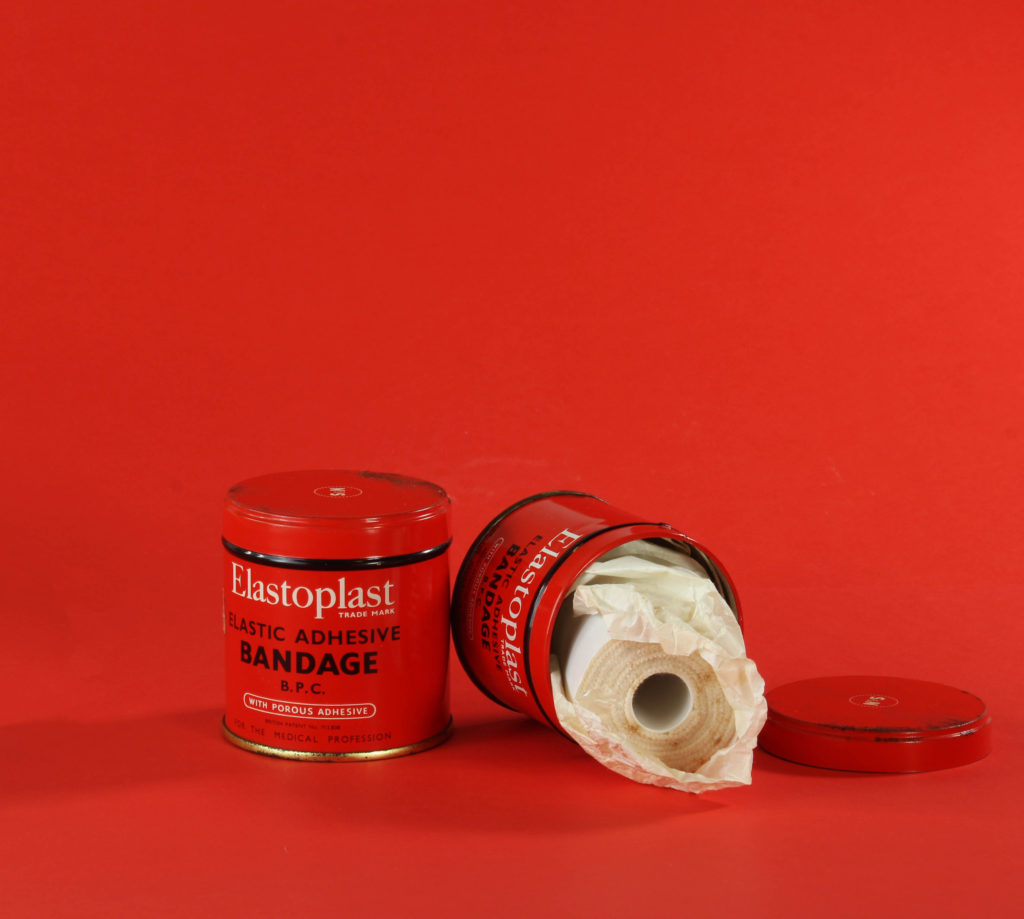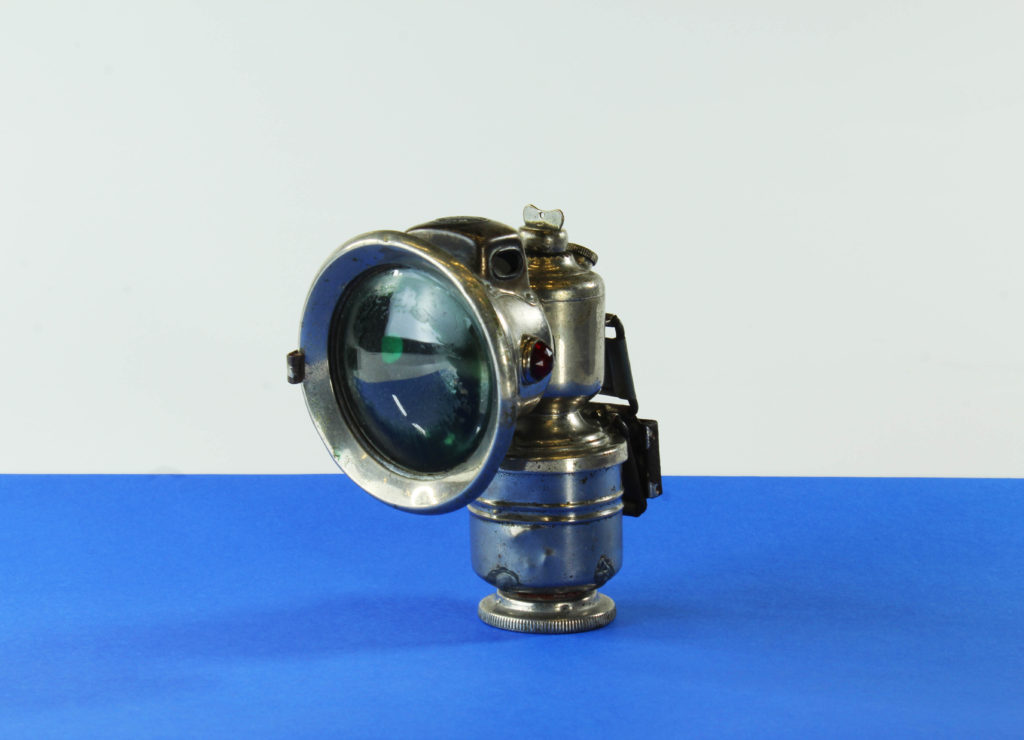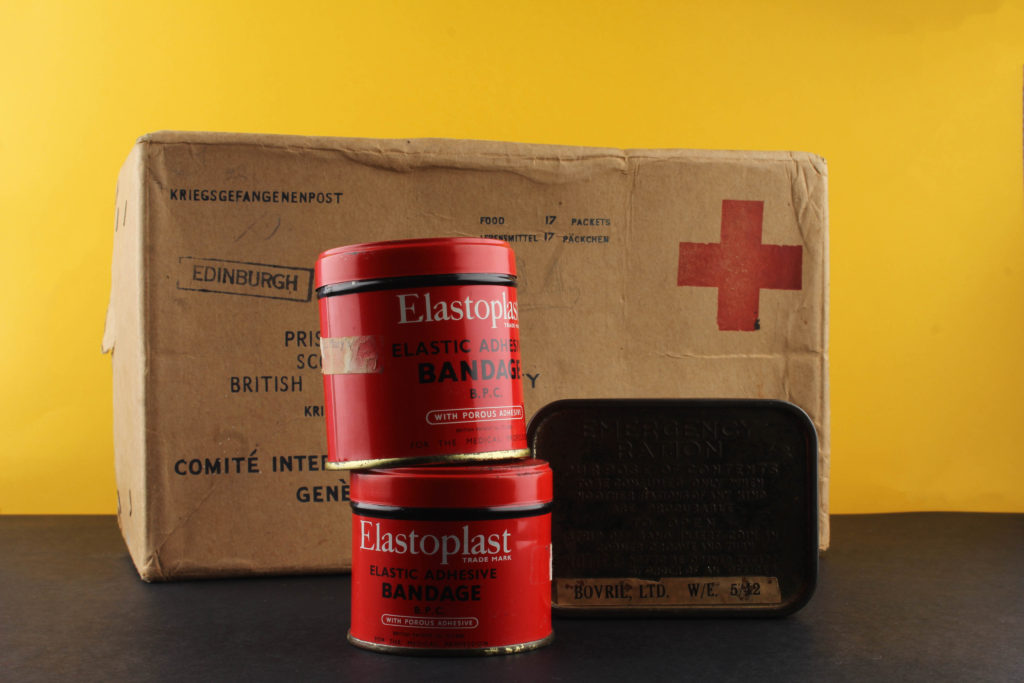NARRATIVE:
In terms of the narrative of my zine, I will be focusing on the various aspects and ways in which war is captured through 3 main ways. Firstly using the photographic archives of Societe Jersaise and using the photos which I personally selected, making them into montages. This gives the images a modern and contemporary twist with the use of geometric patterns and shapes, representing the relevancy of war in today’s society. Within the narrative, I will also be representing the still life images which I took within the studio. The objects which can be seen in the images are all war memorabilia, important as they represent a physical object which dates back to that time, showing us that the occupation will forever be remembered through the items which remain in archives and society. Lastly I will be including photos from my own personal family archive which will be modified in order to fir the colorful narrative of the rest of the images, especially the still life which will be featuring colorful backgrounds. I think this is very important as my family did not have a direct link with the Jersey occupation yet faced the war in ways which was very similar, making the zine personal to my own experience.
SEQUENCING:
The overall sequencing and layout of my zine will be fairly simplistic in terms of layout. I will keep my images full bleed, expanding to the very edges of the zine, therefore making each image a double spread. I think this is extremely important as the viewer is able to focus in on details of each image which may be missed if a multitude of photos are displayed on a spread.For example, within my second montage there are small details such as the soldier in the right hand corner saluting to the air, if this image were to be made smaller and and used in conjunction with other images, it is likely to be missed therefore making small details like that irrelevant and a waste of time when creating them. I will also be including a quote on the right hand side of the image in order to add more meaning to the zine and another point of interest.
MOOD BOARD:
In order to give me inspiration and a deeper understanding about the various different layouts which can be used within a zine, I have looked at other examples of zines which display a variety of different layouts.
![Image result for zine mood board ]](https://oss.adm.ntu.edu.sg/limy0286/wp-content/uploads/sites/2740/2019/04/Graphic-Form-Project-2-Mood-Boards-4.jpg)

